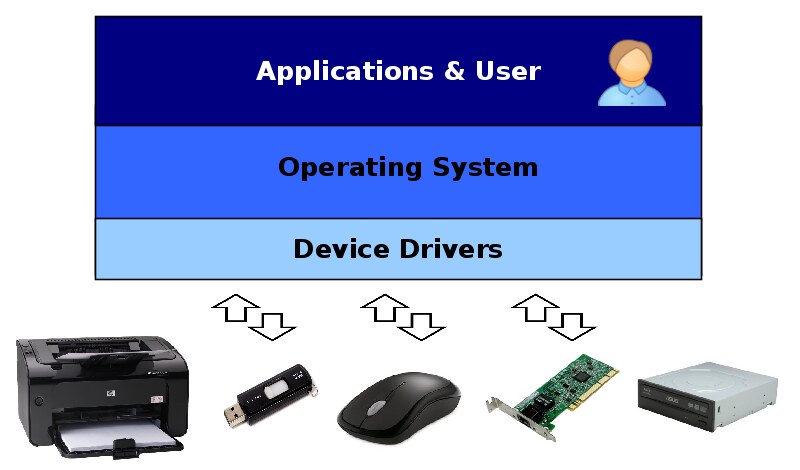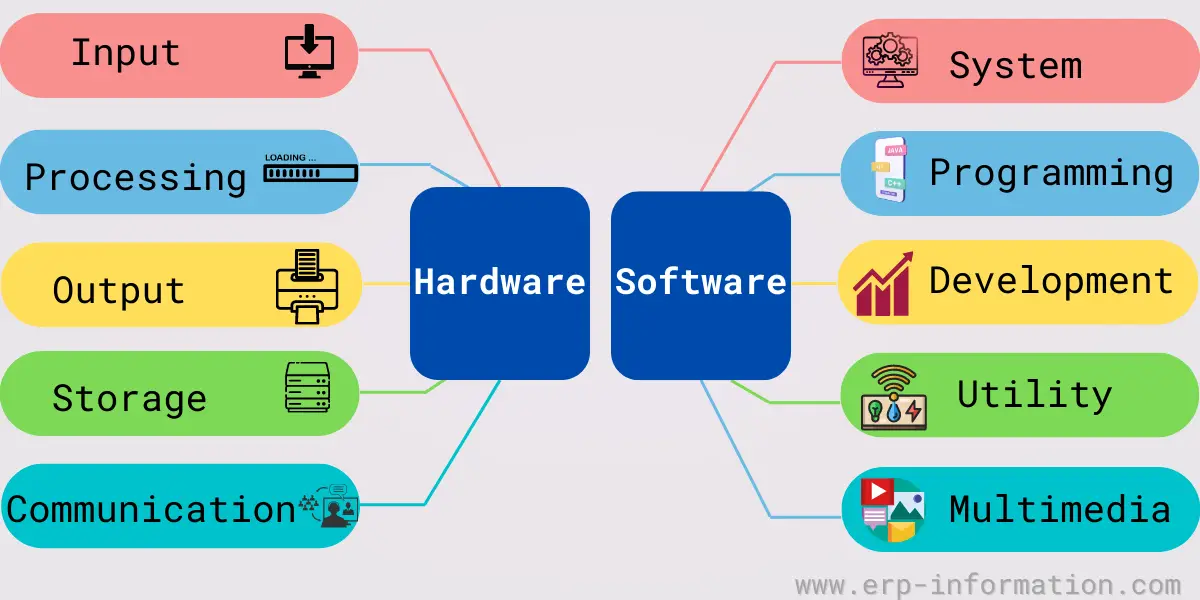Delving into what software enables an OS to communicate with hardware, this introduction immerses readers in a unique and compelling narrative. From device drivers to kernel functionality, understanding the intricate relationship between software and hardware is crucial in optimizing system performance.
The Role of Device Drivers

Device drivers play a crucial role in enabling communication between an operating system and hardware components. These software programs act as intermediaries, translating high-level commands from the OS into specific instructions that hardware devices can understand and execute.
Types of Device Drivers
- Peripheral Device Drivers: These drivers control devices like printers, scanners, and external storage drives.
- Storage Device Drivers: Responsible for managing communication with hard drives, solid-state drives, and other storage devices.
- Network Device Drivers: Facilitate network communication by controlling network interface cards and wireless adapters.
Importance of Updating Device Drivers
Regularly updating device drivers is essential for maintaining optimal performance and compatibility. Updated drivers can improve device functionality, fix bugs, enhance security, and even boost overall system stability. Keeping drivers up to date ensures that the OS can effectively communicate with hardware components, maximizing performance and minimizing compatibility issues.
Operating System Interfaces: What Software Enables An Os To Communicate With Hardware

Operating system interfaces play a crucial role in enabling communication between the operating system and hardware components.
BIOS vs. UEFI
BIOS (Basic Input/Output System) and UEFI (Unified Extensible Firmware Interface) are two types of interfaces that facilitate communication between the operating system and hardware.
- BIOS:BIOS is the traditional firmware interface found in older computers. It provides basic communication functions between the operating system and hardware components.
- UEFI:UEFI is a more modern and advanced interface that offers improved performance, security features, and support for larger storage devices.
Standardizing interfaces is crucial for ensuring hardware compatibility and enabling seamless communication between the operating system and various hardware components.
System Calls and Interrupts

System calls and interrupts play crucial roles in enabling communication between the operating system and hardware, ensuring efficient data exchange and proper handling of hardware requests.System calls serve as interfaces for applications to request services from the operating system, including interactions with hardware components.
When a program needs to access a hardware resource, it makes a system call to the OS, which then manages the communication with the hardware on behalf of the application.Interrupts, on the other hand, are signals sent by hardware devices to the CPU to request immediate attention or action.
When a hardware device requires service from the OS, it generates an interrupt, causing the CPU to temporarily suspend its current tasks and handle the hardware request. Interrupts allow hardware devices to communicate directly with the CPU without constant polling, improving system efficiency.
Optimizing Hardware Communication
System calls and interrupts work together to optimize hardware communication efficiency in several ways:
- System calls enable applications to interact with hardware through the OS, reducing the complexity of direct hardware access for developers.
- Interrupts allow hardware devices to notify the CPU of immediate needs, reducing latency and improving responsiveness in handling hardware requests.
- By using system calls and interrupts, the operating system can prioritize and manage hardware interactions efficiently, ensuring smooth operation and resource allocation.
- Overall, system calls and interrupts help streamline communication between the OS and hardware, enhancing system performance and reliability.
Kernel Functionality
The kernel plays a crucial role in managing hardware resources within an operating system. It acts as the bridge between software applications and the hardware components of a computer system, facilitating communication and coordination between the two.
Kernel Functions Related to Hardware Communication, What software enables an os to communicate with hardware
The kernel provides various functions that allow software applications to interact with hardware. Some examples include:
- Device management: The kernel manages devices connected to the system, handling tasks such as device detection, initialization, and resource allocation.
- Memory management: It oversees the allocation and deallocation of memory resources for both software processes and hardware devices.
- Interrupt handling: The kernel manages interrupts generated by hardware components, ensuring timely responses and proper handling to maintain system stability.
- File system access: It provides functions for reading from and writing to storage devices, allowing software applications to access data stored on disks or other storage mediums.
Impact of Kernel Design on Hardware Communication Efficiency
The design of the kernel significantly impacts the efficiency of hardware communication within an operating system. A well-optimized kernel design can lead to faster and more reliable communication between software and hardware components, resulting in improved system performance and responsiveness.
On the other hand, a poorly designed kernel may introduce bottlenecks and inefficiencies that hinder the overall operation of the system.
Concluding Remarks
In conclusion, the seamless communication between an OS and hardware is made possible by a combination of device drivers, system calls, interrupts, and kernel functionality. By grasping the essence of how software enables this communication, users can enhance the efficiency and effectiveness of their systems.
FAQ Explained
How do device drivers facilitate communication between an OS and hardware?
Device drivers act as intermediaries, translating OS commands into instructions that hardware components can understand and execute.
What is the significance of standardizing interfaces for hardware compatibility?
Standardizing interfaces ensures that hardware components can communicate effectively with various operating systems, promoting compatibility and seamless integration.
How do system calls optimize hardware communication efficiency?
System calls provide a mechanism for applications to request services from the OS, streamlining the communication process and enhancing overall system performance.
What impact does kernel design have on the efficiency of hardware communication?
The design of the kernel directly influences how efficiently hardware resources are managed and utilized by the operating system, affecting system performance and responsiveness.
